Want Baby-Smooth Skin? It's About Time You Tried A Home Chemical Peel
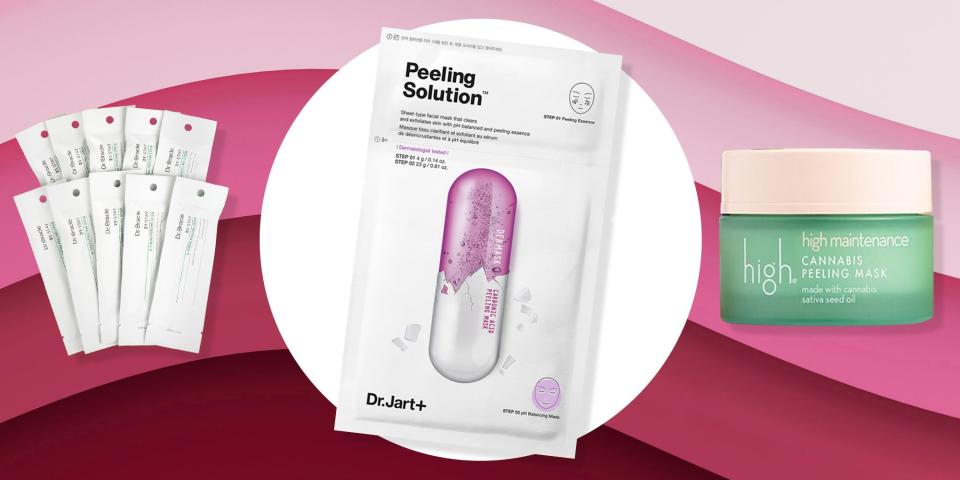
Want Baby-Smooth Skin? It's About Time You Tried A Home Chemical Peel
Peels are the closest thing to having a skin do-over in a bottle or jar. Less expensive than lasers and more effective than daily-use skincare products, chemical peels done at home are a secret weapon for tackling a long list of skin woes: uneven texture, hyperpigmentation, fine lines, dullness, acne scars, and sun damage.
While manual exfoliation involves scrubs, konjac sponges, or facial brushes to physically buff away the surface of your skin, chemical exfoliation smoothes skin by dissolving the top layers of dead cells using acids. Peels “stimulate new collagen and healthy skin cell regrowth, resulting in a radiant complexion,” says Sheel Desai Solomon, MD, a Raleigh, North Carolina dermatologist. Expect a smoother canvas for makeup, and a dewy glow that doesn’t wash off. A peel can also make your skincare regimen more effective because it “removes several layers of skin build-up and congestion, allowing products to penetrate deeper into the skin,” Dr. Solomon says. Here's a quick primer on which ingredients to look for in a DIY peel:
Beta Hydroxyacid (BHA): Unclogs pores and clears up acne lesions. Salicylic acid is the most common one.
Alpha Hydroxyacid (AHA): AHAs like glycolic acid, lactic acid, and mandelic acid exfoliate away dead skin cells and are great for maintenance. Strength is determined by percentage of concentration and duration of application.
Fruit Enzymes: Derived from papaya, pumpkin, and pineapple, these gentle enzymes give skin an immediate glow.
“These ingredients are very strong and shouldn’t be used casually on a daily basis or more than once a week,” warns Dr. Solomon. If you do more frequently than that, you risk over-exfoliating and developing persistent redness, dryness, or even acne and milia. The good news is if you follow instructions right, there is nearly no downtime, aside from possible redness that goes down in 10 minutes to half an hour. Heads up: apply it as part of your routine before bed so you don’t have to worry. Dr. Solomon also advises keeping the rest of your skincare minimalist for 24 hours and avoiding other products with active ingredients like prescription retinoids or vitamin C serums.
Ahead, shop at-home peels excellent for maintenance.
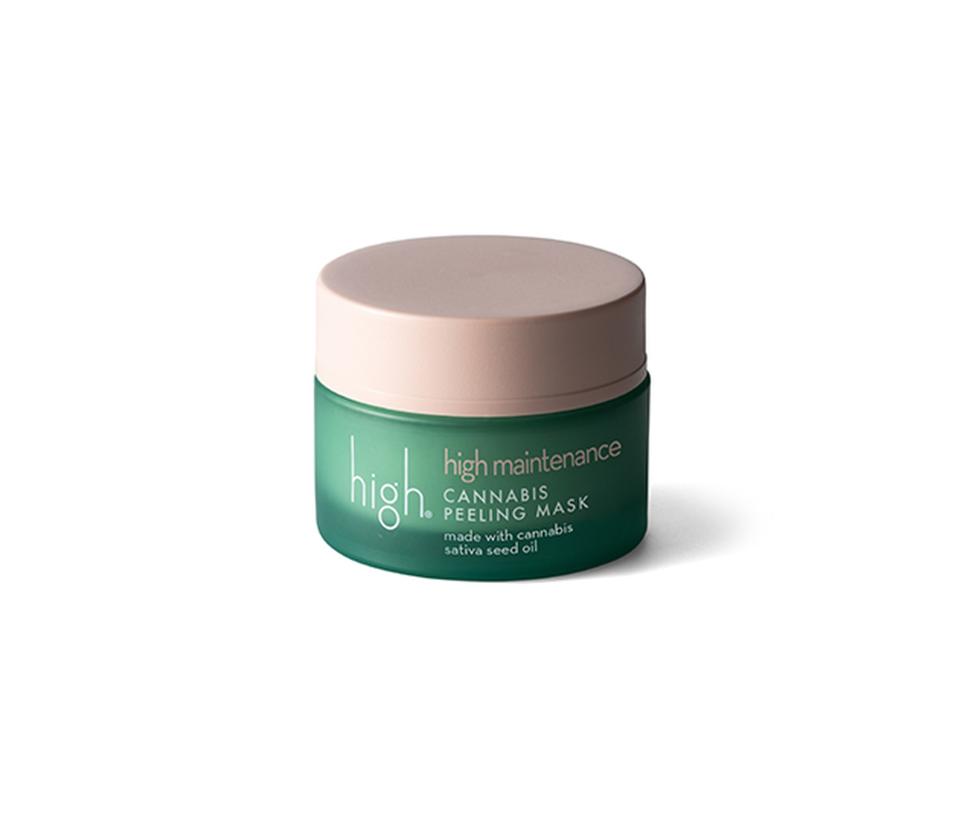
1) Cannabis Peeling Mask
High Beauty
highbeauty.com
$2019.00
Resurface skin with this innovative gel that, when rubbed in, visibly sloughs off flakes for unbelievably smooth results. It’s the magic of fruit enzymes from pineapple, apple, orange, and bamboo stem powder.
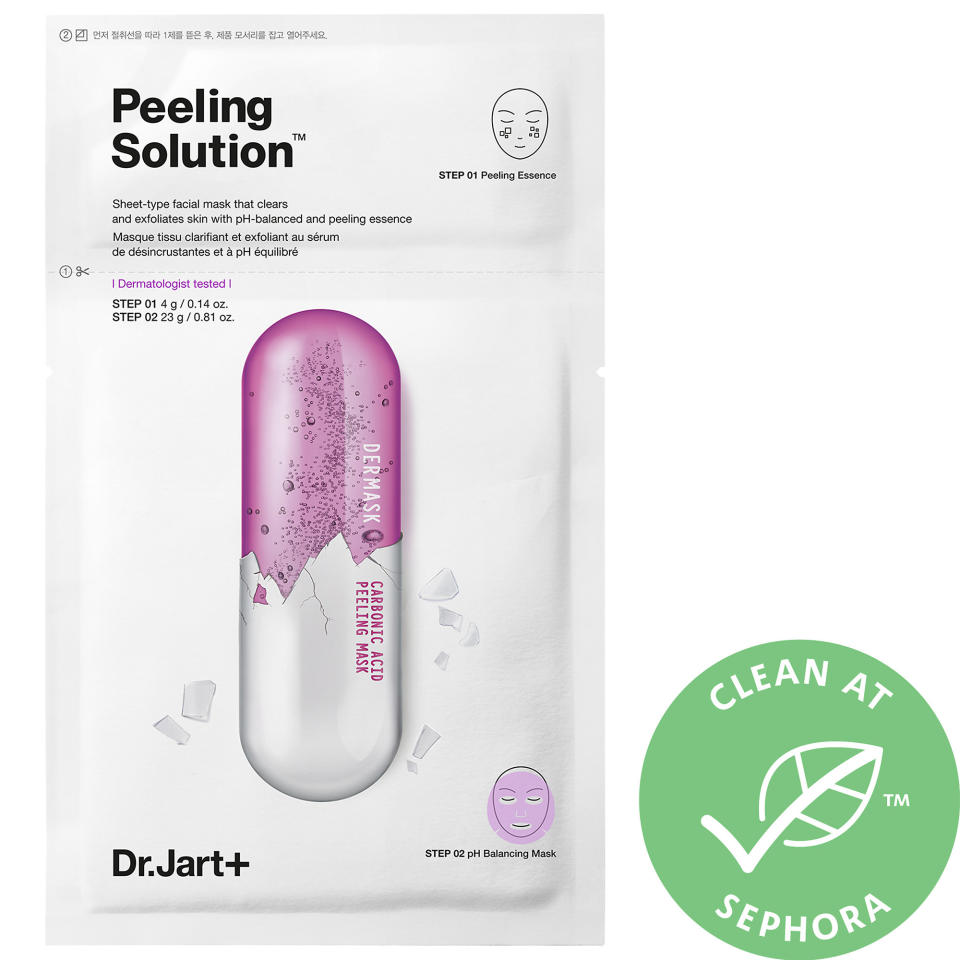
2) Dermask Ultra Jet Peeling Solution
Dr. Jart+
sephora.com
$9.00
Sheet mask fanatics will love this pore-minimizing, dullness-eliminating solution that instantly wakes up skin with papaya enzymes. It also keeps pimples at bay, thanks to a hit of salicylic acid.
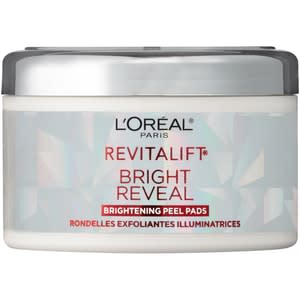
3) Revitalift Bright Reveal Peel Pads
L'Oreal Paris
cvs.com
$20.99
Target wrinkles and sunspots with these mild glycolic acid–powered peel pads formulated in a low concentration for daily use.
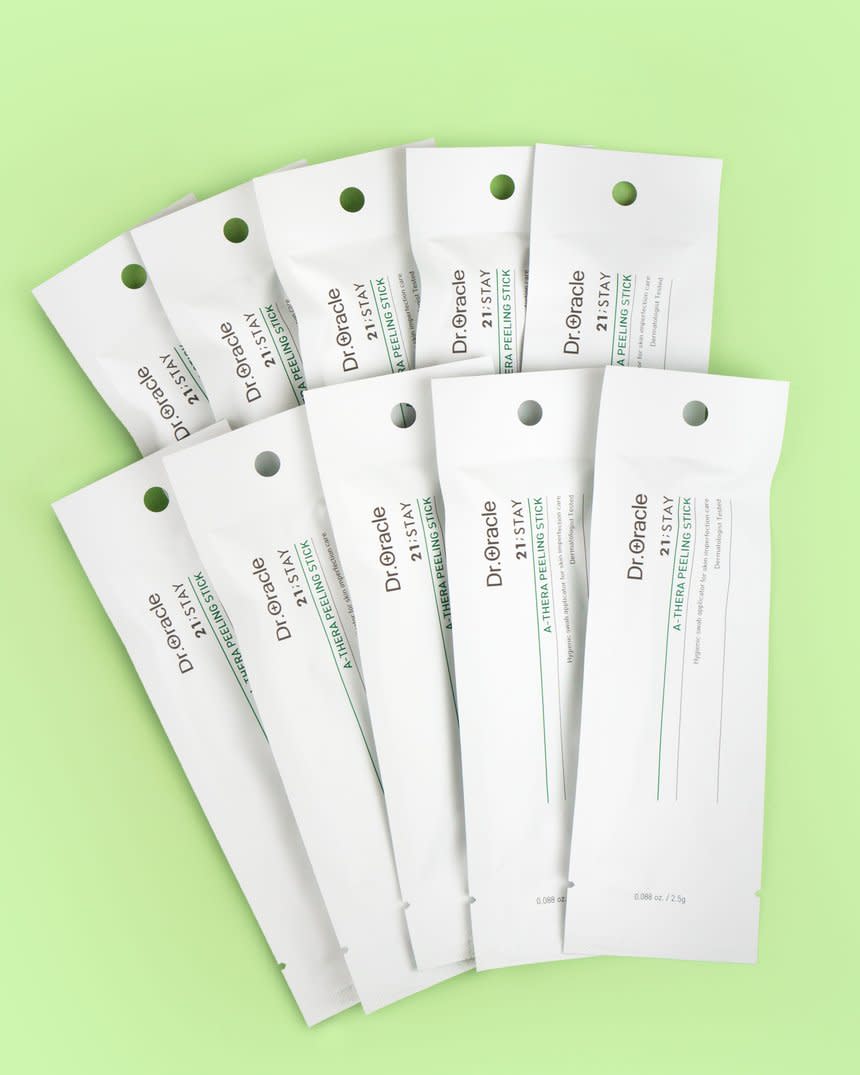
4) A-Thera Tea Tree Peeling Sticks
Dr. Oracle
sokoglam.com
$24.00
Each pack contains a jumbo cotton swab dipped in a solution made to clear blackheads and prevent breakouts.
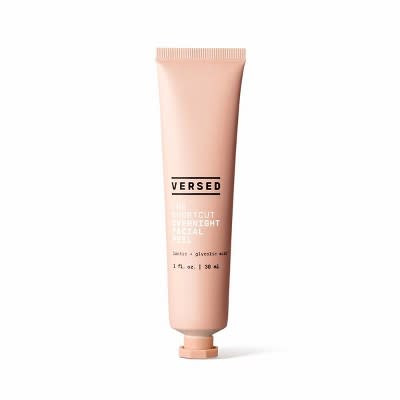
5) The Shortcut Overnight Facial Peel
Versed
target.com
$19.99
Gentle glycolic acid and lactic acid come together in a lotion-like formula that lifts off dead skin cells while you snooze (no need to rinse it off).

6) Bio-Peel Gauze Peeling Wine
Neogen
sokoglam.com
$27.00
These exfoliating pads have a pocket for your fingers , which makes application a breeze. Its resveratrol-derived AHAs and lactic acid buffs away dead skin cells and blurs any unwanted pigmentation.
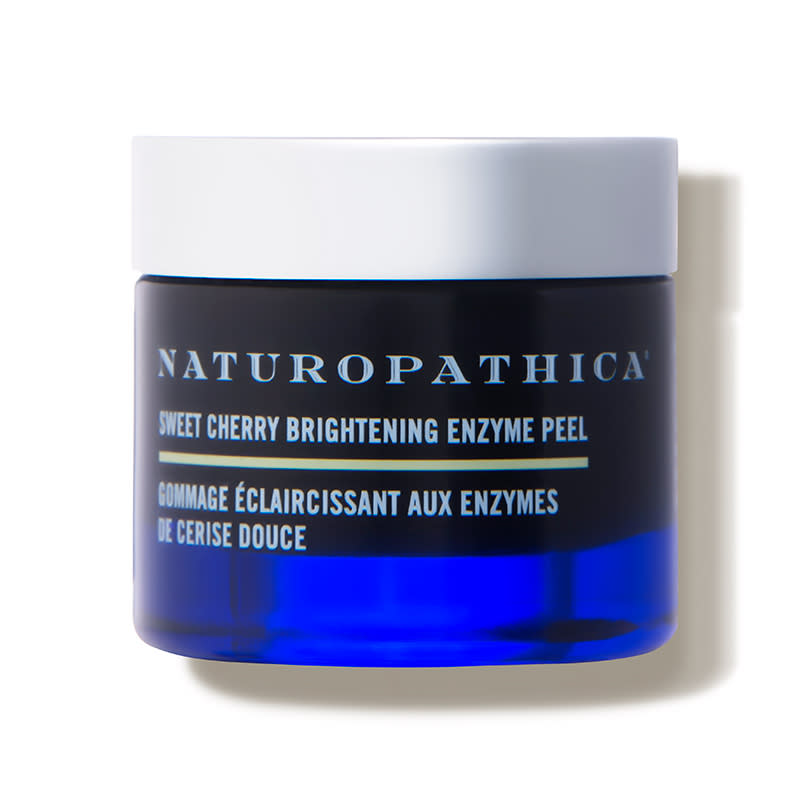
7) Sweet Cherry Brightening Enzyme Peel
Naturopathica
dermstore.com
$58.00
Do away with dullness with this exfoliant made of gentle, anti-aging lactic acid and sweet cherry puree. Skin will come away feeling baby-smooth with all the dead cells and build-up sloughed off.
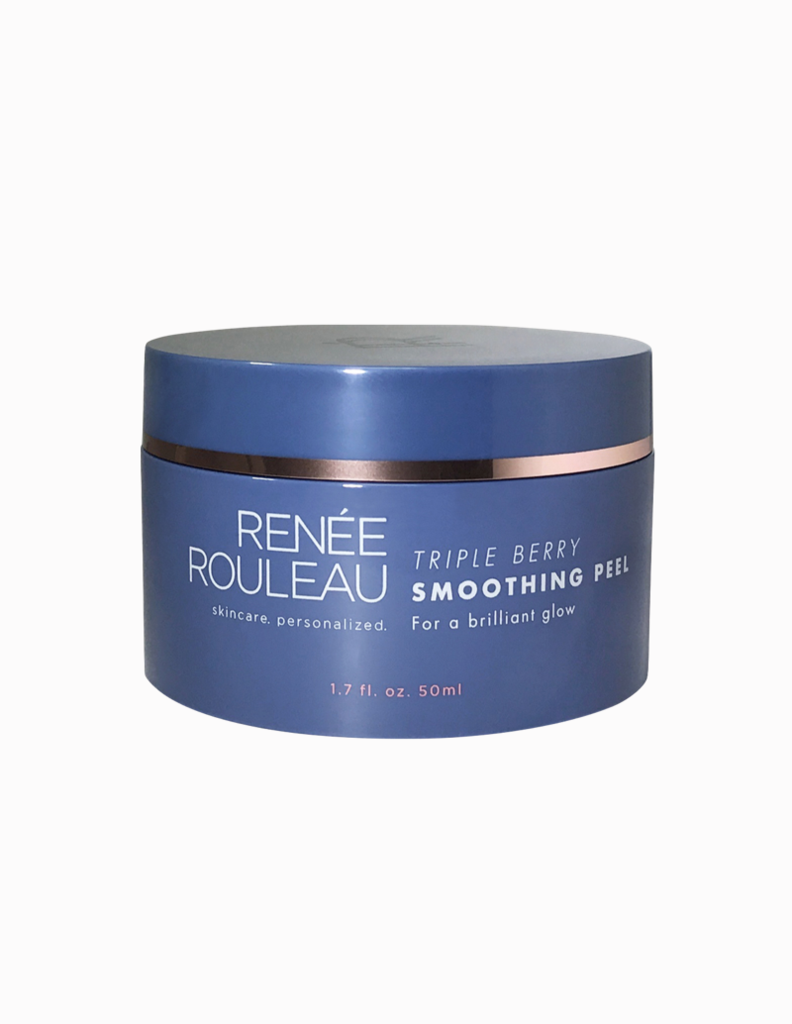
8) Triple Berry Smoothing Peel
Renée Rouleau
reneerouleau.com
$88.50
Warning: This mask smells so delicious you will want to lick it off. Definitely don't do that, but do pack it in your travel beauty bag for your next trip. The blend of mandelic, lactic, and salicylic acid will erase any sallowness in your skin from stuffy plane air, jet lag, and sun damage in just five minutes.
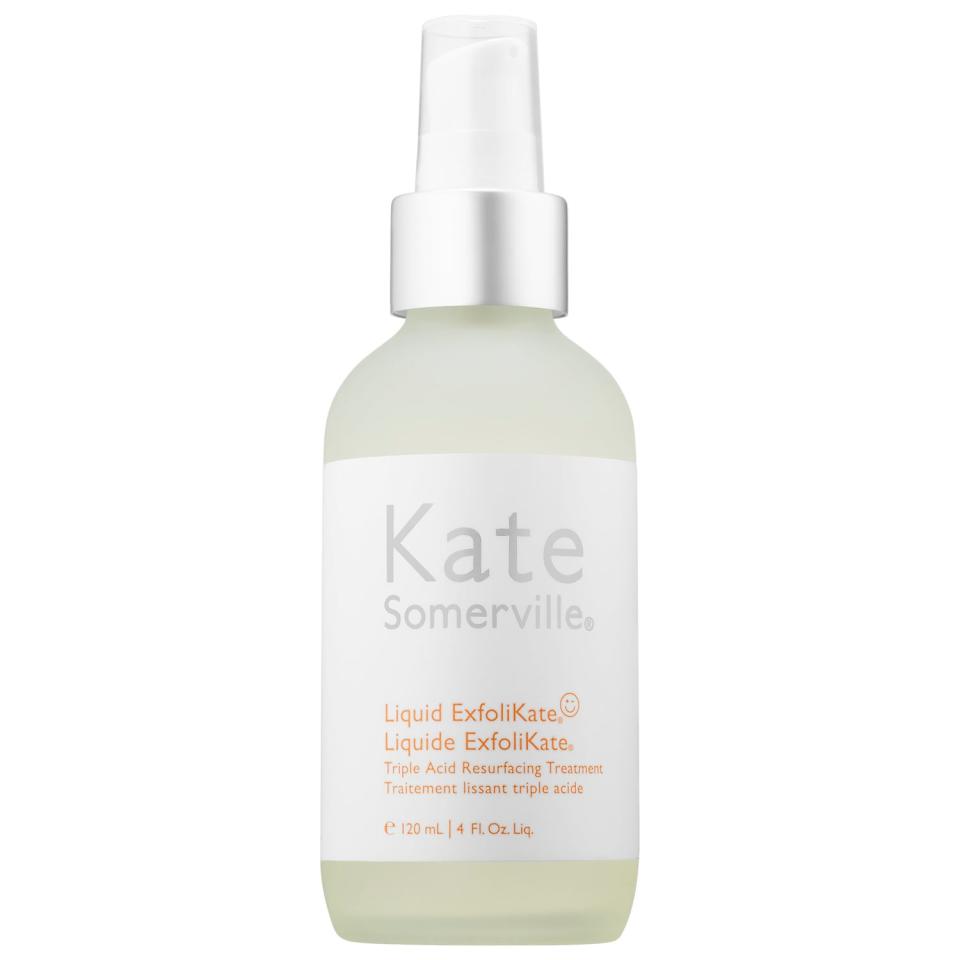
9) Liquid ExfoliKate? Triple Acid Resurfacing Treatment
Kate Somerville
sephora.com
$58.00
This fast-absorbing, leave-on treatment will erase dead skin cells with the help of a 10 percent glycolic, lactic, and malic acid blend (for evening skin tone), pumpkin, papaya, and pineapple enzymes (for added glow), and peptides, honey, and tea extract (for soothing the skin so you don't end up splotchy-faced).
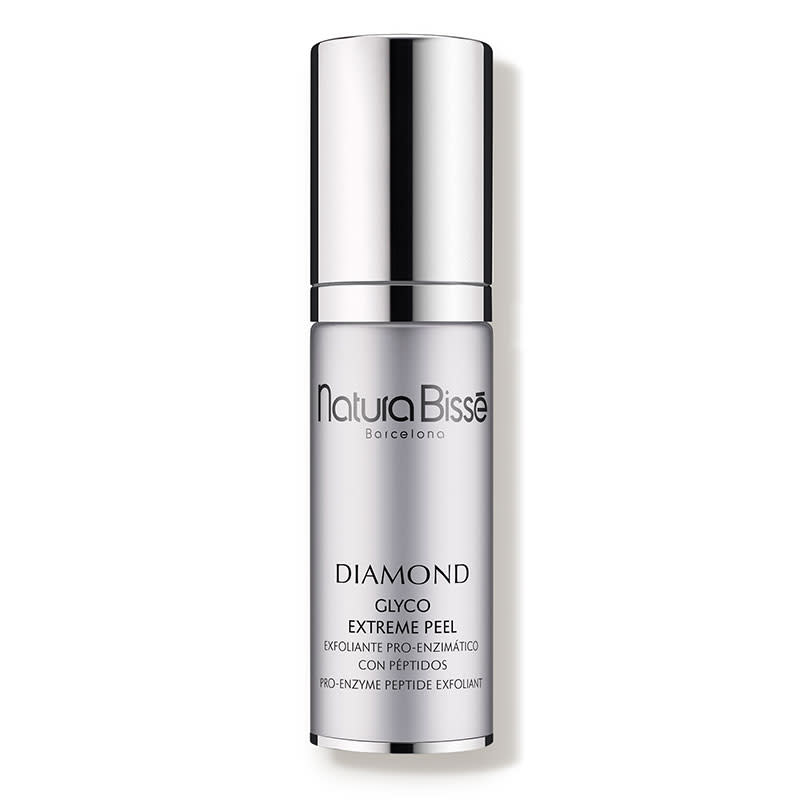
10) Glyco Extreme Peel
Natura Bisse
dermstore.com
$280.00
If you've got a taste for luxury skin care, it doesn't get any better than this glycolic acid peel. It's pricy, but definitely works even after just one application. Skin looks glowy and tightens up.
Peels are the closest thing to having a skin do-over with nearly zero downtime.